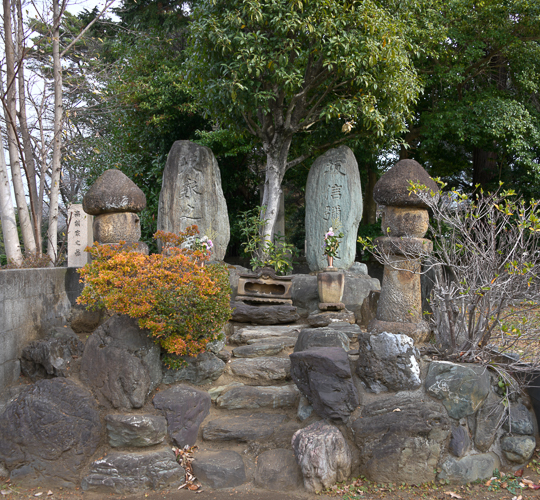January 2024
It is my last full day in Japan, and I spent it at the Aoyama Cemetary. If you know me, you are thinking, of course you did.
This is a wonderful walk of small Japanese gardens and history.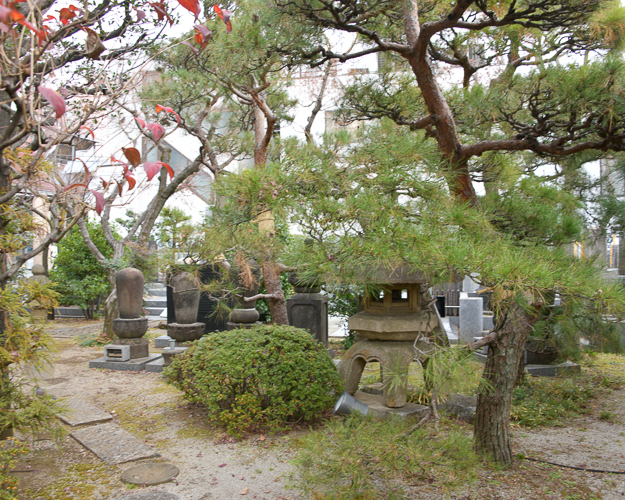
Aoyama was originally a burial site exclusively for the Japanese nobility at the beginning of the Meiji Period. Its name is derived from the Aoyama family of the Gujo clan. But by 1874, it had been transformed into Japan’s first public cemetery.
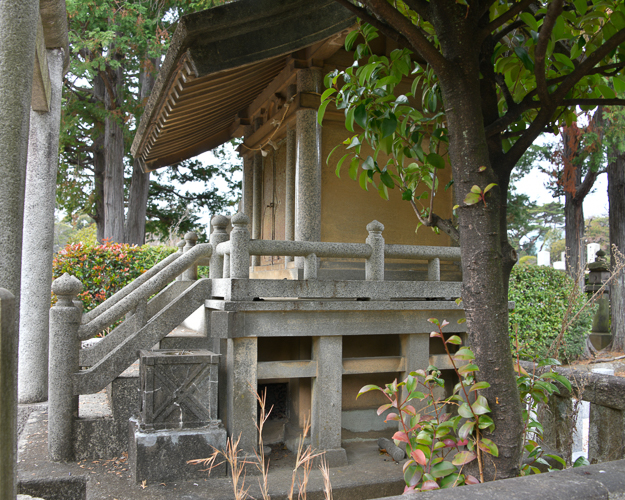
This exquisite shrine is actually just slightly larger than the size of a dollhouse, and yet the details are just perfect.
There are many important culturally and historically important Japanese citizens buried in Aoyama, I found but a few.
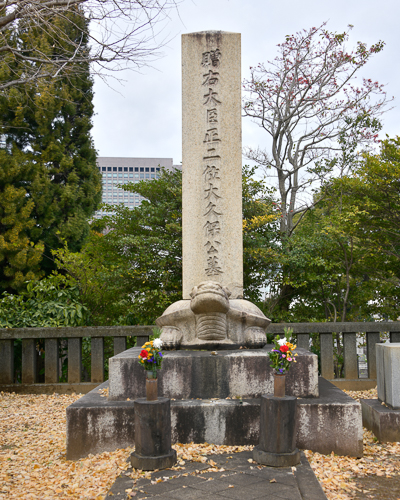
The grave of Toshimichi Okubo
Toshimichi Okubo (born Sept. 26, 1830- May 14, 1878) was one of the Three Great Nobles. He was a politician and one of the samurai leaders who, in 1868, overthrew the Tokugawa family and restored the government of the emperor. After the Meiji Restoration, he spent much of his career helping to establish Japan as a progressive nation. As a result of his autocratic style of government, he fell out of favor with much of Japan and was ultimately assassinated in 1878.
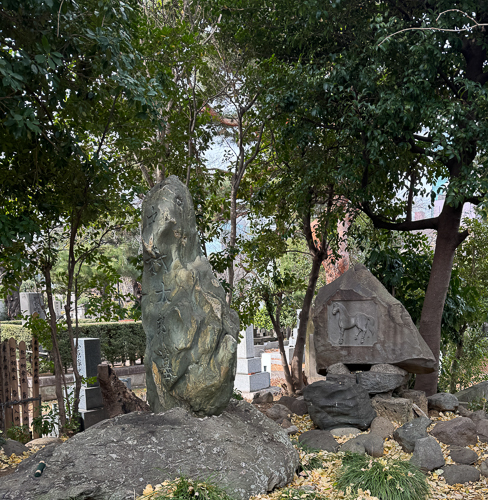
Around 8:30 a.m., six assassins attacked the carriage that Toshimimichi Okubo was riding in. They cut the legs of the horses with their swords, then stabbed the driver, Taro Nakamura, killing him. To the right of Toshimichi Okuba’s grave is that of Taro Nakamura and at least one of the horses.
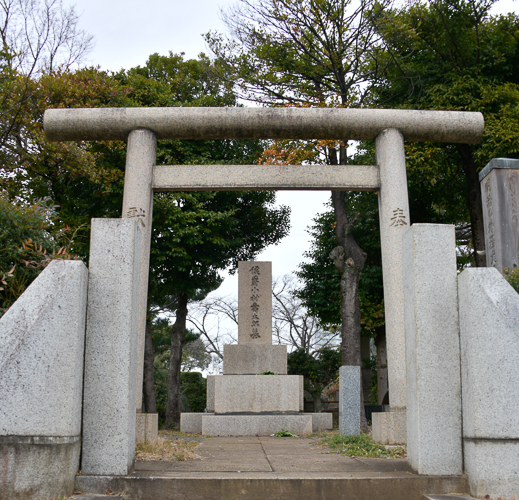
Grave of Komuro Jutaro
Komura Jutarō (November 5, 1855-November 26, 1911) was a Japanese diplomat of the Meiji period and negotiator of the Anglo-Japanese Alliance. After graduating from Harvard Law School, Komura returned to Japan and entered the Japanese Ministry of Justice (1880), later transferring to the Ministry of Foreign Affairs.
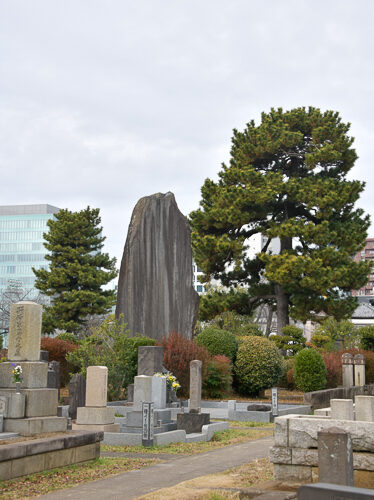
The large stone is the Monument to Field Marshal Marquis Nozu Michitsura (1840 – 1908), a Japanese field marshal and leading figure in the early Imperial Japanese Army.
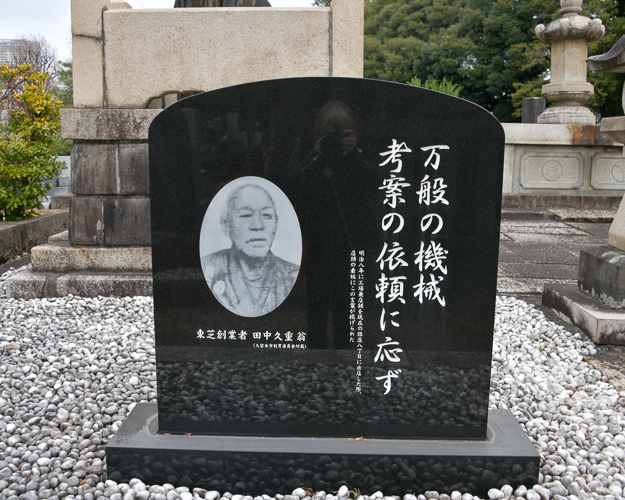
Grave of Hisashige Tanaka
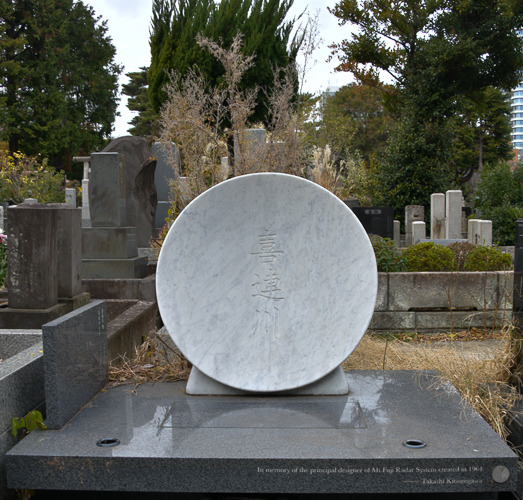
Takashi Kitsuragawa, Principal designer of the Mt Fuji Radar System
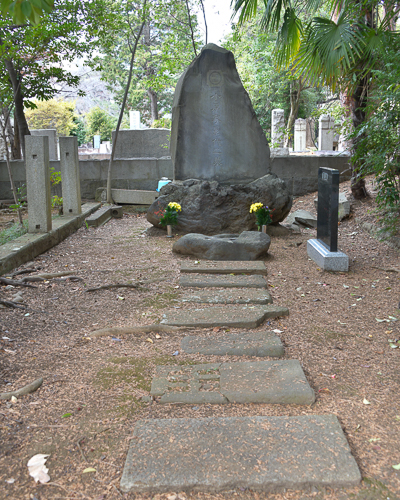
Grave of Mokichi Saito (1882 – 1953), a Japanese poet, essayist, and psychiatrist.
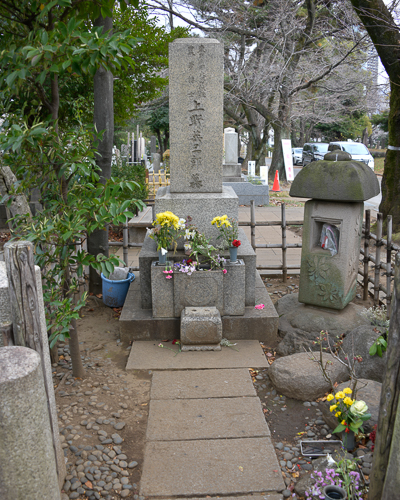
Ueno Hidesaburo owner of Hajicho
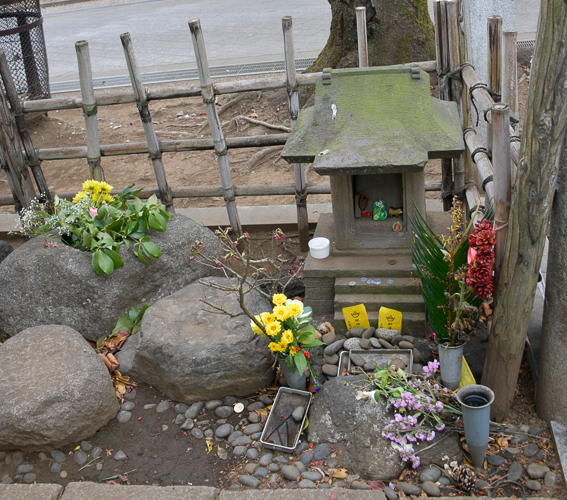
The grave of Hachiko in the corner of his owner, Ueno Hidesaburo’s burial plot.
Other interesting sightings.
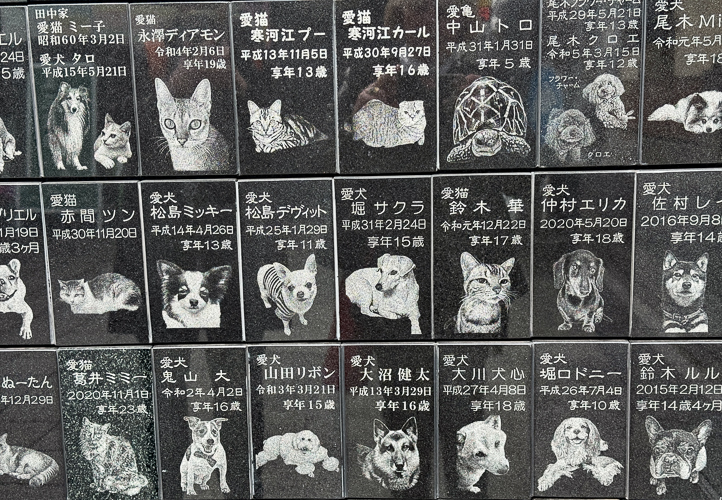
At one of the entrances is a large panel of interned family pets.
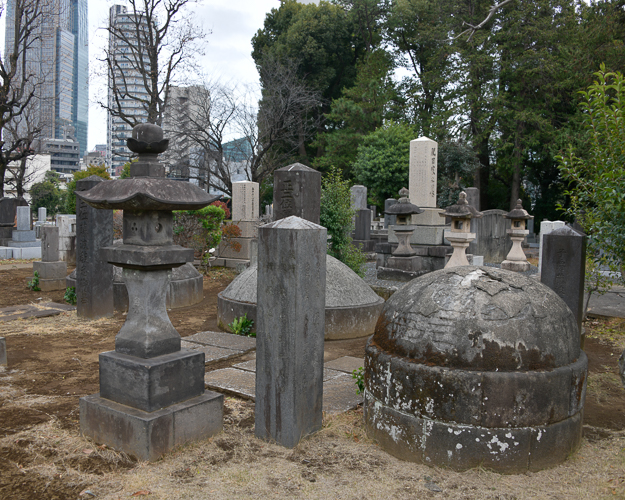
I was trying to discover why I saw this round shape so often, only to discover that this is the grave of Viscount Tokitada Fujinami, a court noble adopted by Noritada Fujinami around 1863. He was head of the Imperial Household Ministry. He later served as a full-time adviser to the Imperial Court and an imperial member of the House of Peers. He died in 1926.
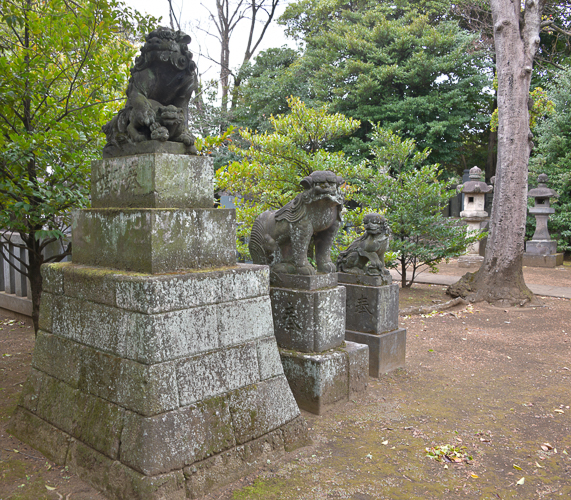
There are large areas that are so old it is impossible to determine if someone is buried there or if they are simply sacred spaces. These foo dogs lined one of those types of spaces.
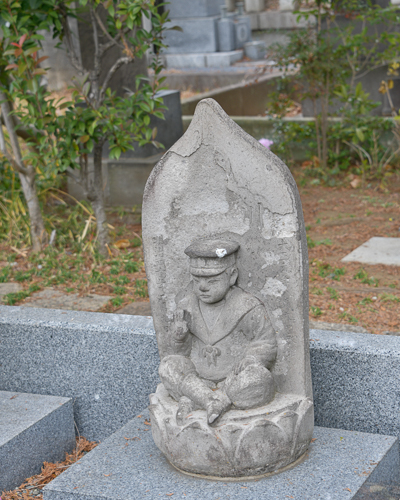
What I presume is a child’s gravesite.
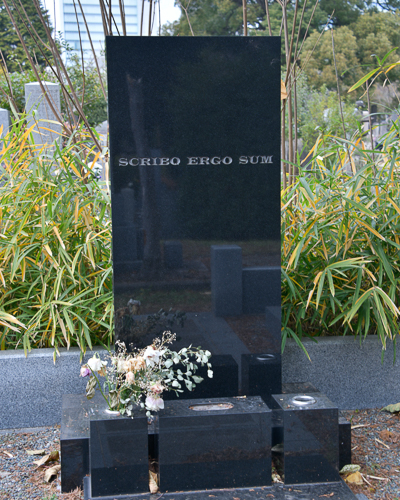
A final resting statement I can relate to. Scribo Ergo Sum
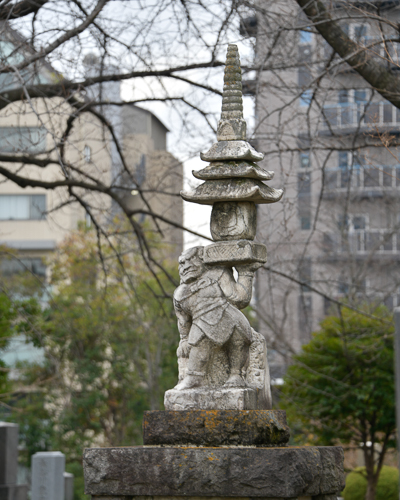
An interesting ornament
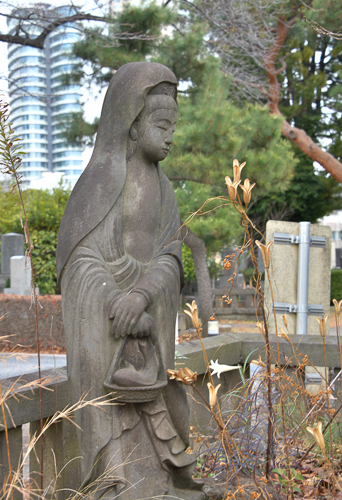
During the Meiji Period, Aoyama was the main location for many foreigners’ graves.

Henry Willard Denison
Henry Willard Denison graduated from Columbia University and went to George Washington University to study law in 1868, but he did not graduate before he left for Japan in 1869. Denison was a legal advisor to the Japanese Ministry of Foreign Affairs until his death in 1914.
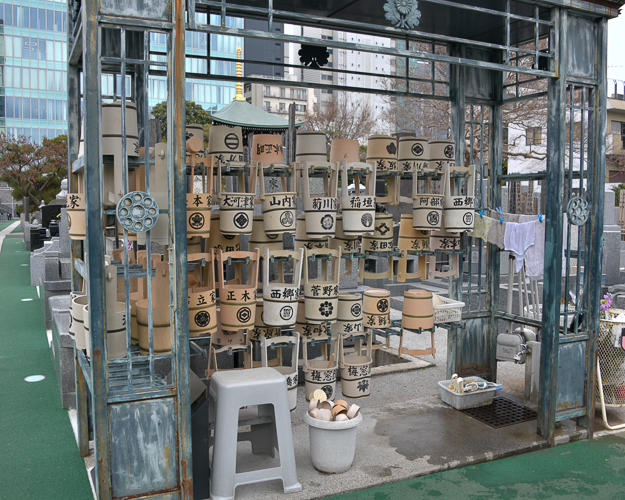
Water buckets and brushes for taking care of flowers and washing the graves.
It is the New Year and there was an abundance of people washing graves and placing flowers. It was a lovely day to visit Aoyama.
